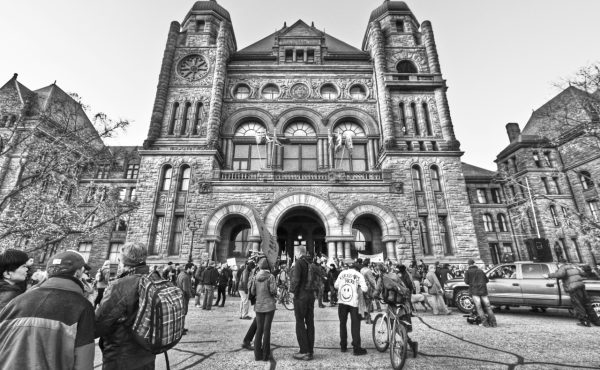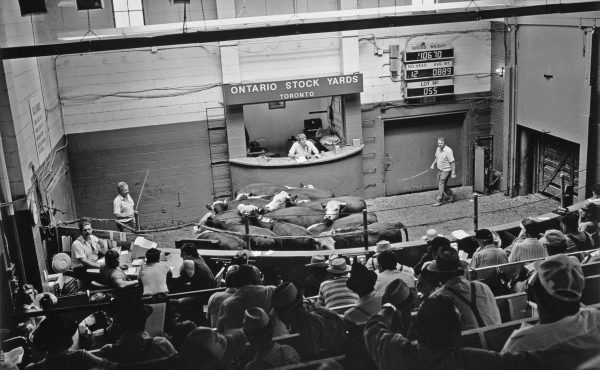Cross-posted from Eye Daily.
City Manager Shirley Hoy expects to deliever a report to Mayor David Miller and Budget Chief Shelly Carroll this week on how the city can meet its $100 million “cost-savings target.†What we know so far: the Toronto Public Library has committed to slashing $1.23 million, the police say they can’t cut anything from their budget without compromising Torontonians’ safety, and the TTC is putting off any talk about cost cutting measures until it consults with the public (but closing down the Sheppard subway line is still on the table.)
In an interview in today’s Toronto Star (in which we also learn that Toronto’s budget chief is a fan of the Clash and enjoys listening to the Chemical Brothers while driving), Carroll admits that she doesn’t hold out much hope that city staff will be able to find the full $100 million in savings.
“We said during the development of this year’s budget that we couldn’t have any enhanced services, so I don’t know what we can cut. I never expected them to come back with that much savings, because if they do it will mean we did a bad job with the budget, and we didn’t do a bad job with the budget.â€
The city may have to axe more than it first thought, she said.
“It might mean there are whole services we have to get rid of.â€
Carroll points to how Chicago, unlike Toronto, relies on a variety of taxes to fund its services, including alcohol, sales, fuel and parking taxes. But as John Lorinc writes in The New City, “For solutions to the riddle of local government finances, we would be wiser to look to Europe, where several countries have been far more successful in achieving a balance between economic development, sustainability, and urban quality of life.â€
Here’s a more compelling comparison (taken from Lorinc’s book): In Canada, local taxes make up, on average, 53 percent of municipal revenue, while in Europe they comprise 28 percent. On average, the rest of Canadian cities’ municipal revenue comes from user fees (21 percent), the province (18 percent) and the federal government (1 percent). Cities in Europe, meanwhile, gather 19 percent of their revenue from user fees, 28 percent from their state or province and 32 percent from their national government.
As for that report on cost-cutting measures that Carroll will likely recieve from city staff this week, whether or not the public will get to see it will be up to the mayor.
Photo by Colin McConnell from the Toronto Star.




